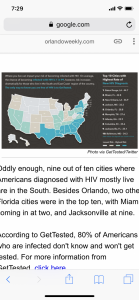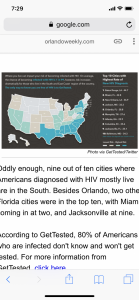- 9,025
- 8,118
- Joined
- Mar 10, 2013
Three invalid conspiracy theory threads in the last week or so.
My homie's uncle caught HIV in the 70's in San Fran. Dude is still alive. Pretty amazing.
My homie's uncle caught HIV in the 70's in San Fran. Dude is still alive. Pretty amazing.




















